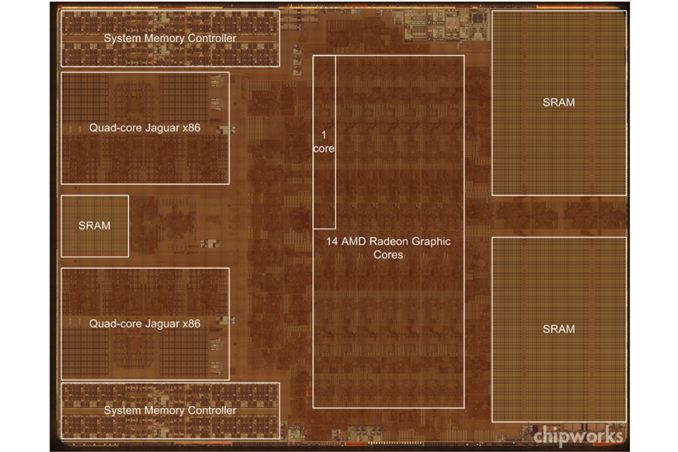No. Just no.
Cool, but 12.1 tflops of RDNA 2 > "10.2" tflops of RDNA 2.
I find it funny that some users are trying to act as if the XSX is GCN and PS5 is RDNA2.
10.2TF from a 36CU GPU clocked at 2.23GHz wouldn't get you the same result as 10.2TF from a 44CU GPU clocked at 1.825GHz
Is that hard for you to understand that they would end up having different results in games?


